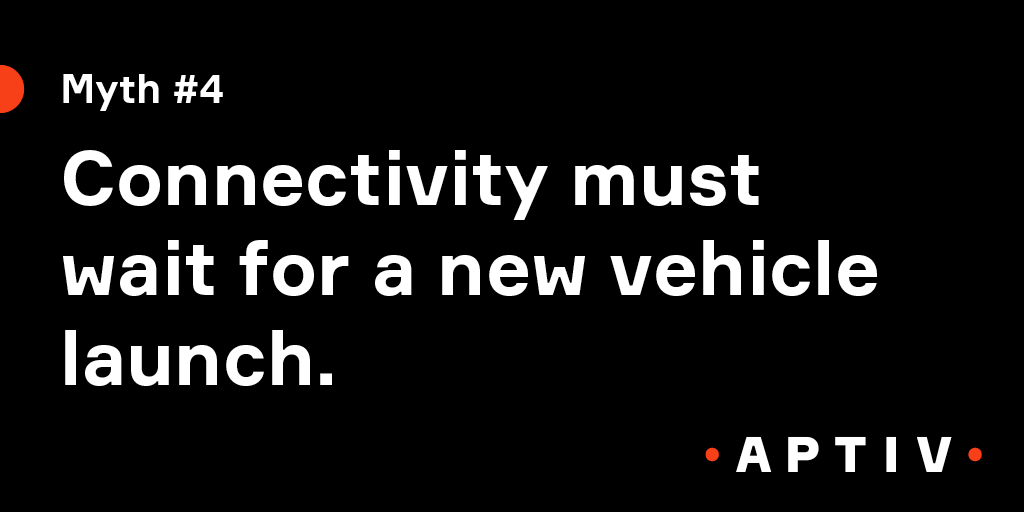It’s not hyperbole to say there is a revolution taking place in the auto industry, the likes of which we haven’t seen since the introduction of the Model T in 1908.
New technologies like 5G, artificial intelligence, machine learning, and autonomous vehicles are upon us, as are dramatically shifting consumer preferences. People who once laughed off the idea of driving an electric or hybrid car are now embracing them, and they’re more willing than ever to use ride-sharing services versus owning their own vehicle.
All these changes in technology and customer preferences signal a radically different future for automakers, a future where a much larger percentage of revenues will come from data-enabled services and shared mobility instead of one-time vehicle sales.
Most manufacturers understand that to remain relevant in this shifting market they need to add connectivity to their vehicles. But some mistakenly believe they can develop and launch connectivity the same way they have added new vehicle capabilities in the past.

Victory goes to those who connect today.
You know the drill. Want to incorporate new technology into a car? Wait until each model goes through its scheduled major refresh. Not any longer. Because taking this approach with connected vehicles is not only unnecessary — it’s a huge mistake.
Say you were to add embedded connectivity to one car model per year over the next ten years. At the end of that decade, about half of the vehicles you manufactured during that time will have connectivity capabilities.
Not bad, right? Wrong. Sure, that’s a lot of connected vehicles but think about that old approach this way: Half of all the vehicles you make over the next ten years will not have connectivity capabilities. That means 50 percent of the cars you produce will be incapable of tapping into a car data-enabled services revenue opportunity that McKinsey predicts will be valued at between $450 billion to $750 billion by 2030. [McKinsey and Company, Automotive Revolution – Perspective toward 2030, January 2016]
Think of what a disadvantage that would put you at, especially if some of your competitors have figured out a way to have connectivity capabilities in 100 percent of the vehicles they manufacture over that same time period.
So what is an automaker to do? Well, there are some out there who are already doing it.
How one top-three automaker is connecting legacy vehicles today.
Recently, Aptiv Connected Services worked with one of the automakers after their CEO mandated that 100 percent of their company’s cars and trucks be connected vehicles. An ambitious goal like that deserves an engineering-grade solution, and we delivered it in the form of a device we call the EP-150.
By plugging or wiring the EP-150 into all their late-model vehicles, as well as their brand-new models, this manufacturer was able to get the connectively features they needed now, not on the next refresh — features like Wi-Fi hotspot, remote unlock via smartphone, and vehicle health diagnostics.
The end result is that this manufacturer has been able to accelerate their connectivity initiative. By doing so, they have improved their customers’ experience with the brand, increasing the likelihood of repeat buyers. More importantly, they are now able to capture additional one-time and recurring revenue from these vehicles, giving them a strong competitive position going into a future market where services are more important than one-time sales.
SOURCE: Aptiv

